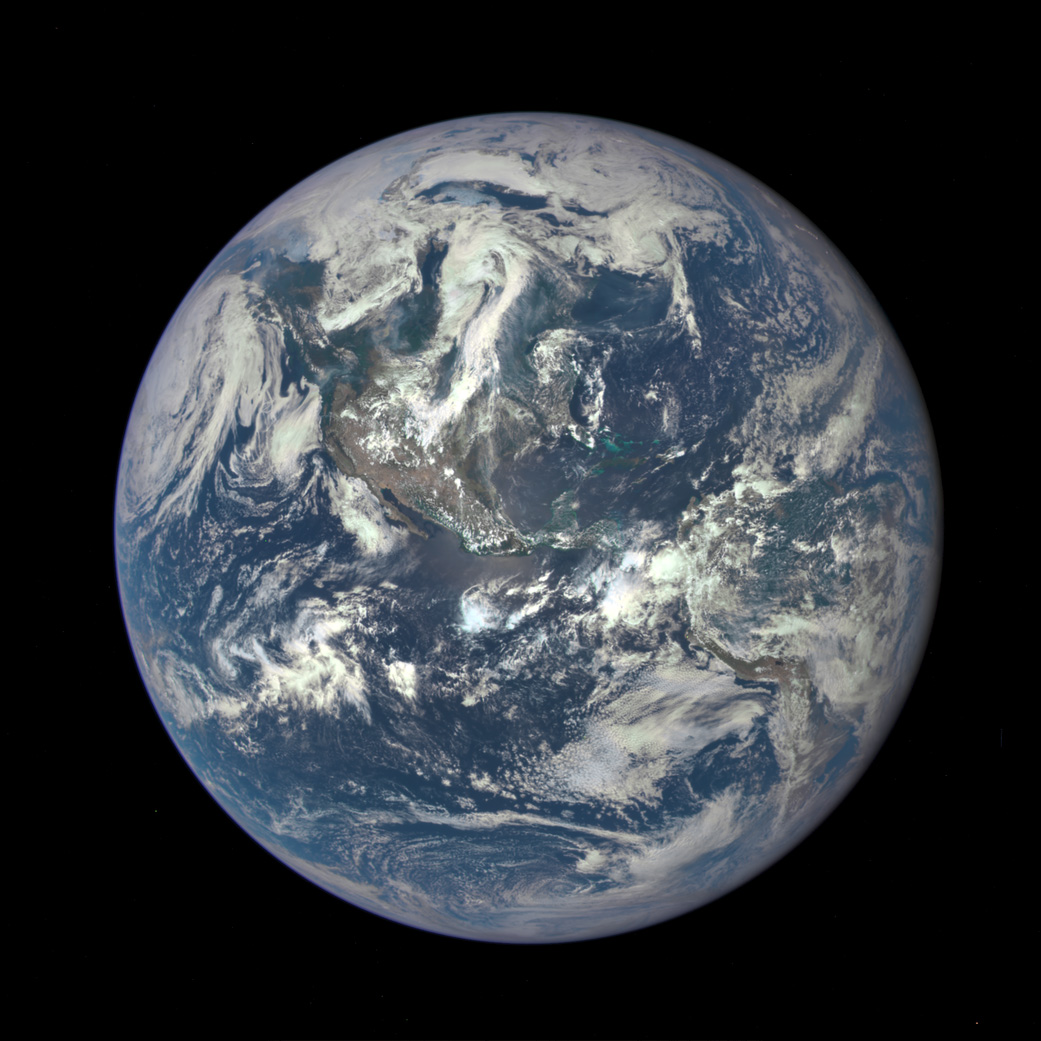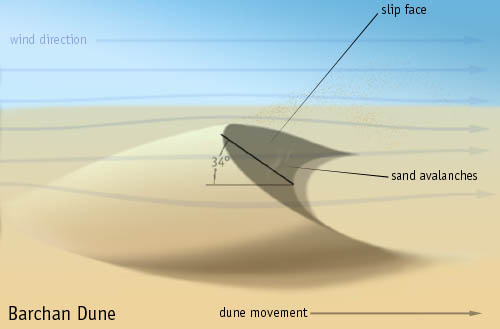Following a million miles journey to the L1 Lagrange Point, the DSCOVR satellite positioned its gaze back toward Earth.
The medieval notion of the earth put man at the center of everything.
— Archibald MacLeish
 |
| Lagrange Points L1 - L5 |
Too close to the Sun, DSCOVR moves toward the Sun. Too close to Earth, DSCOVR moves Earthward.Images from DSCOVR are made using NOAA's imaging instrument dubbed EPIC for Earth Polychromatic Imaging Camera.
If you could see the earth illuminated when you were in a place as dark as night, it would look to you more splendid than the moon.
— Galileo Galilei
 |
Sunlit side of Earth
acquired July 6, 2015 by DSCOVR
|
To see the earth as it truly is, small and blue and beautiful in that eternal silence where it floats, is to see ourselves a riders on the earth together, brothers on that bright loveliness in the eternal cold—brothers who know now they are truly brothers.
— Archibald MacLeish
REFERENCES
- Dialogue Concerning the Two Chief World Systems, Galileo Galilei, 22 February 1632.
- Earth Observatory.
- Earth Polychromatic Imaging Camera, NOAA.
- Lagrangian Point, Wikipedia.
- NASA Satellite Camera Provides “EPIC” View of Earth, DSCOVR: Deep Space Climate Observatory, 20 July 2015.
- Riders on Earth Together, Brothers in Eternal Cold, by Archibald MacLeish, front page of the New York Times, 25 December 1968.










